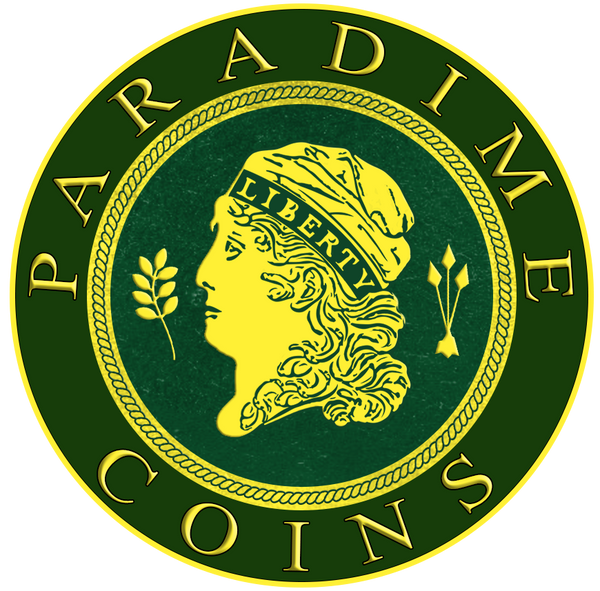1858/(7) 1C Weak
Share

The 1858/7 Indian Head Cent, known by its PCGS catalog number 2023, is a fascinating piece for numismatists, particularly due to its unique overdate characteristic. This variety is part of the broader series of Flying Eagle Cents, which were initially struck in 1856 and continued into early 1858. Transitioning to the Indian Head design later in the same year, the 1858/7 overdate represents a crucial period in U.S. Mint history, capturing the shift in design and technique.
Rarity and Mintage:
The 1858/7 Indian Head Cent is categorized as a scarce and sought-after variety. Though precise mintage figures for this error are not available separately from the general figures, the overall mintage for Flying Eagle Cents in 1858 was approximately 24,600,000. This overdate, however, makes up only a tiny fraction of that total mintage, making this cent significantly rarer. Its scarcity stems from the minting error where a previously prepared 1857 die was overpunched with an 1858 date.
Value and Market Performance:
The value of the 1858/7 Indian Head Cent can vary widely depending on its condition. Prices for a regular strike piece can range from a few hundred dollars in lower grades to several thousand in higher grades, with exact recent sales reflecting these variations. For instance, well-circulated pieces might sell for around $500, whereas those in uncirculated condition can command prices over $10,000. Auction outcomes have demonstrated this value fluctuation, with higher-grade specimens often generating competitive bidding due to their numismatic intrigue and historical significance.
Historical Significance:
From a numismatist's perspective, the 1858/7 Indian Head Cent is not just a coin but a tangible link to the mid-19th century minting process in the United States. It reflects the technological challenges faced by the U.S. Mint as it transitioned between designs. This period marked a move from large copper cents to the smaller-sized cents made from a copper-nickel alloy, known as 'white cents' for their pale appearance. The overdate error highlights the manual labor involved in die preparation and the occasional oversight that leads to such collectible varieties.
Numismatic Analysis:
The intrigue of the 1858/7 overdate lies in its numismatic features. It provides insight into the die-making process of the era. Analysis of these coins often includes a detailed examination of the date area to identify the remnants of the underlying 7. Collectors and experts frequently utilize magnification to spot these details, which confirm authenticity and enhance value. For enthusiasts and scholars, the 1858/7 Indian Head Cent is an exemplary study of early American minting practices. The Flying Eagle Cent series, although short-lived, represents a pivotal moment in U.S. coinage history. The transition from the Flying Eagle design to the Indian Head design was prompted by issues with striking quality and public dissatisfaction with the initial design and material. In summary, the 1858/7 Indian Head Cent is a must-have for collectors who focus on error coins or U.S. Mint history. Its rarity and historic context provide both challenge and reward for those interested in the nuances of American numismatics. As a recognized variety with its PCGS identification, it stands as a testament to the rich narrative encapsulated within each coin's surface, offering insight into the precision and occasional imperfection of coin manufacturing from a bygone era.





